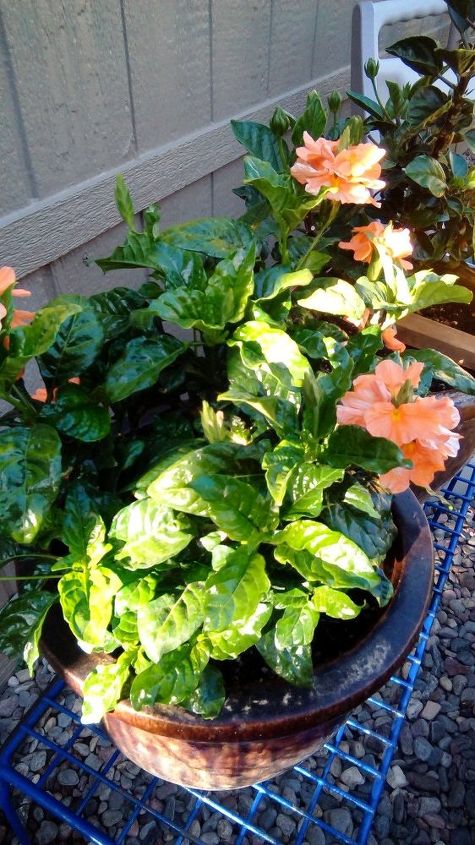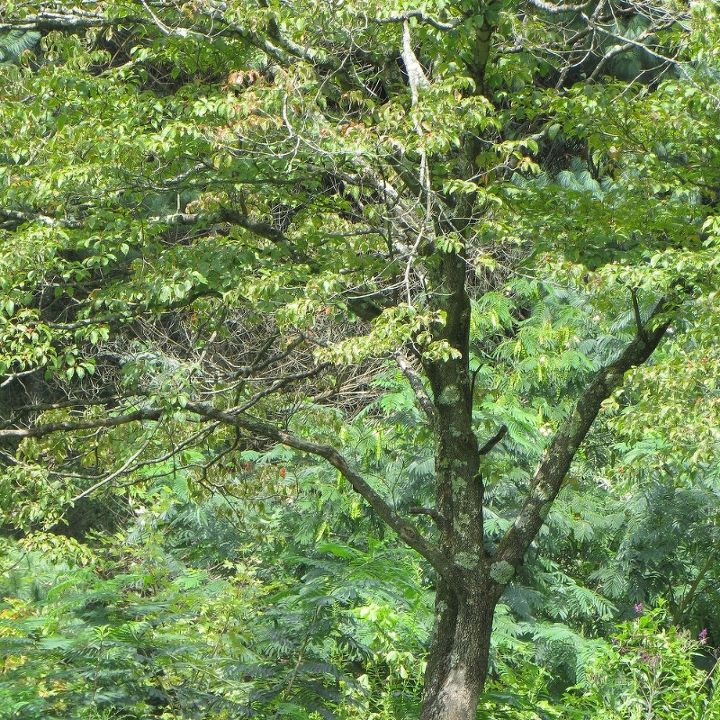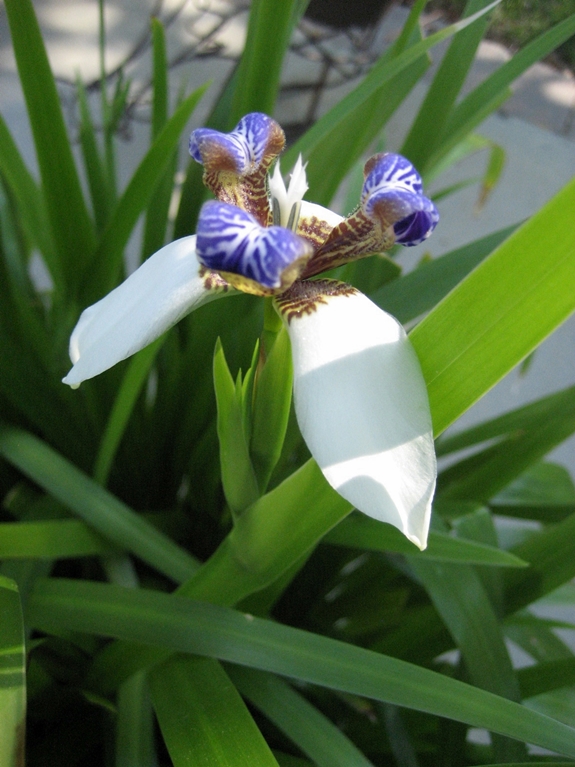What is this flower? Not sure if it's a sun or shade plant.

Related Discussions
GNATS - How to get rid of them?
Somehow my house and garden got tiny gnats that killed my fuchsia plant and fly everywhere. I have tried ALL the Web recommendations - soap and oil dishes, sand in th... See more
Marigolds growing! Should I pinch the buds?
My marigold plants are growing. I heard that pinching the buds until Autumn will allow them to grow without killing the plant. Is this true?
What's the best flower/plant to grow in Texas?
I know that opinions vary, but what's your opinion?!I have great luck w Rosemary plants. Green all year long.
How to get rid of termites?
Suggestions on how to get rid of termites naturally are appreciated however if there is only a chemical solution for these pests please share as well. Thank you!
What is the name of this plant?
I was given this plant 8 years ago or so and was told it was an "orchid plant"...not an orchid, but an orchid plant. I was told to keep it potbound and it would bloom... See more
Does anyone know what kind of plant this is?
I have several of these volunteering in various places this year. I don't know what it is and it hasn't bloomed yet. In the picture it's the leafy green one in the mi... See more






Looks like a begonia to me.... http://www.bigbegoniarevival.com/customer-trials/begonias-rule/
Looks like Hibiscus
Hibiscus. It like sun, but partial shade when it gets hot in the afternoon.
IT IS A TROPICAL HIBISCUS. NEEDS SHADED AREAS THAT GET SUNLIGHT, DOES NOT LIKE HOT TEMPS OR STRAIGHT ON SUN. LOOK UP INFO ON THE HIBISCUS...IT IS MY SPECIAL FLOWER. ALOHA
Double ruffled Hibiscus...I have several, and live in the Willamette Valley, Oregon. Definately a sun loving plant, but partial shade when temps are over 80 degrees. Best grown in pots as you will need to take it indoors during the winter months. Mild temp climates during the winter like Southern California they can be planted in your yard and will thrive all year. Temps can rise quickly so they require shade late morning to mid afternoon. Don't over water, and have well drained soil. If you live in an area with high humidity...all the better! I have grown them while living in Hawaii, and they were much more vibrant in color! Gorgeous flower, and depending on how you groom them can get quite large! I have trimmed the single Hibiscus to be more like a tree keeping the trunk open for air in wetter climates, and in warmer climates I let them grow naturally with very light trimming. I have witnessed them grow very quickly and 5 to 6 feet tall when planted in the ground. I noticed in wetter climates I would have difficulty with fungus because the leaves remained damp without proper air circulation. These are considered a tropical plant. Google Hibiscus care information in your area. The information I provided is of course, my personal experience with them. Mentioned in an early post was the Begonia. The Begonia plants have a unique, beautiful leaf and are not a smooth, wax looking leaf. The flowers generally hang down some when in full bloom unless it's a very bushy plant. I plant Begonias in pots, normally 2 to 3 small plants in a pot that is 14 inches in diameter. Mixing yellow, red and orange for a beautiful show of color. In my area these are annuals. Once again, I put them in the garage prior to the first frost, taking them outside during the Spring and Fall months. Don't over water and remove lower leaves allowing air circulation even during the hotter months. Begonia are the perfect plant if you want a nice, vibrant splash of color! If your leaves start to burn move them to full shade. When purchasing any plants, I make sure to research their care. The tags you find attached are not necessarily accurate. Fushias, not full sun loving plants here. I found out the hard way! Now, in the early morning sun for about 3 hours. Trial and error! Hope this helps, and enjoy!
This flower is Cassandra it does not like direct sun. This plant will thrive in partial shade and can be pruned and shaped, keep the soil moist.
Laurel from NZ
It's a double Hibiscus. We had them in Florida. Dappled shade, no direct sun. Gorgeous!
Double Hibiscus. I have it in my garden in Australia. We are semi tropical , They seem to thrive anywhere. Mine receive afternoon sun but there are others locally in full sun. They are very hardy.